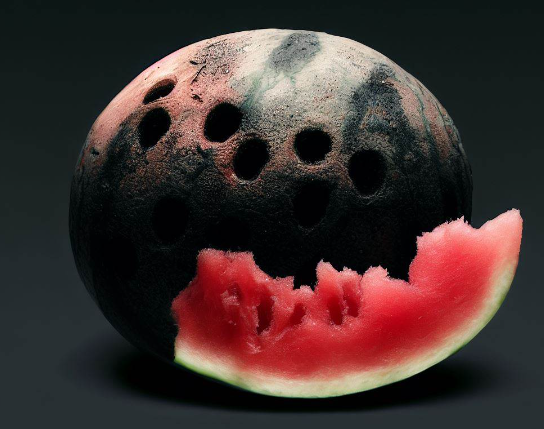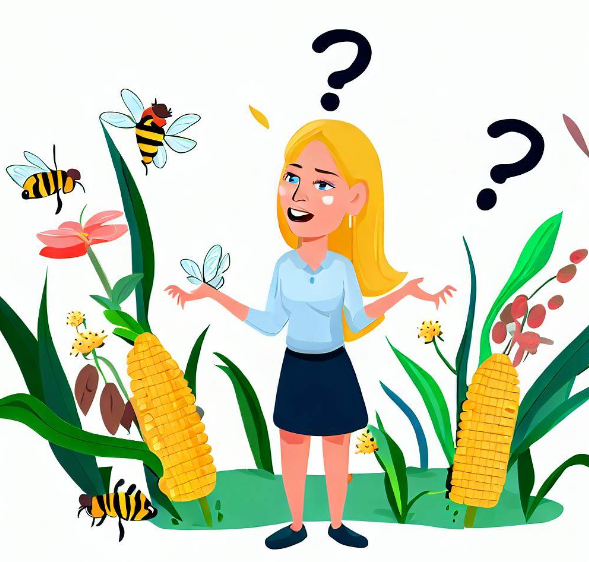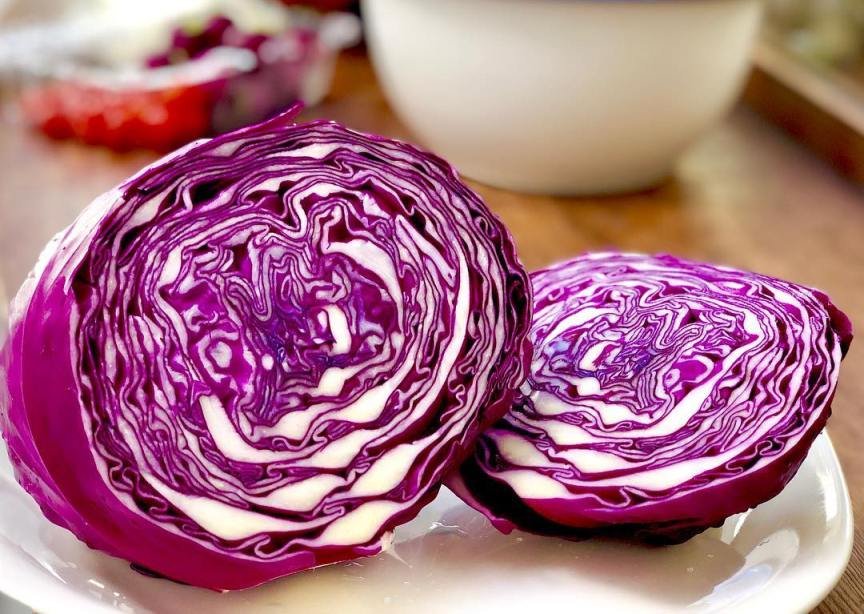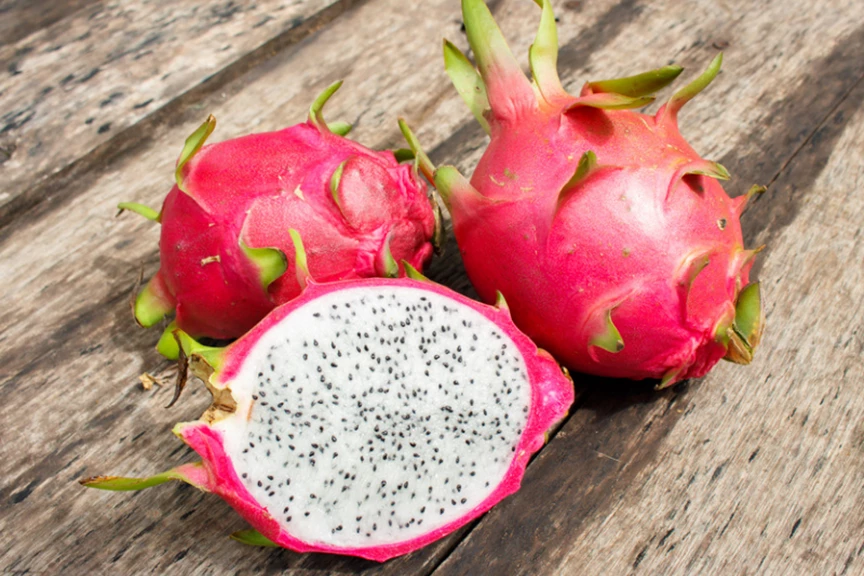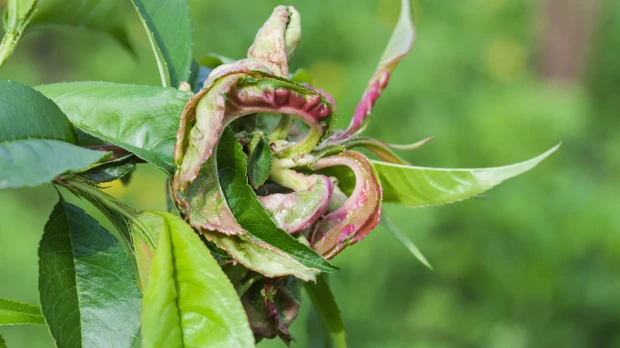Grafting is a special gardening skill that joins pieces of two plants to work as one. This is done to clone certain types of plants that don’t grow the same way from seeds. With fruit trees, grafting is the way to make sure the fruits are just right. But, there’s a lot more to why we graft fruit trees.
Table of Contents
- 1. Making Fruit Trees All the Same
- 2. Using Special Roots for Better Trees
- 3. Helping Trees Make More Trees
- 4. Getting Fruits Faster
- 5. Fitting Trees into Tiny Spaces
- 6. Making Trees Work in Different Soils
- 7. Dealing With Really Hot or Cold Weather
- 8. Keeping Trees Tiny in Small Gardens
- 9. Making Sure New High-Quality Fruit Types Stay the Same
- 10. Keeping Old Fruit Varieties Alive
- Conclusion
1. Making Fruit Trees All the Same
Unlike vegetables that we plant every year, fruit trees should last a very long time. Because of this, it’s important that the fruits from these trees are always the same. If a tree grows from seed, the new tree might be very different. The fruits could be odd-shaped, taste funny, or ripen at different times.
Grafting puts together the good fruit-producing part, called the scion, with a strong root part, called the rootstock. Doing this means the tree will make fruits just like the one it was taken from, year after year. This is how farmers keep making their best fruits.
2. Using Special Roots for Better Trees
For example, if you graft a pear tree to quince roots, you’ll get a smaller tree. Stone fruit trees, like peaches, might be grafted to plum or almond roots to help them fight off bugs.
The rootstock decides how well the tree can live through problems like diseases in the dirt or bad weather. Choosing the right roots lets an orchard grow well, even when it’s hard.
3. Helping Trees Make More Trees
Some types of fruit trees can have a hard time making more trees just from their seeds. Things like seeds not growing, trees taking too long to make fruits, or the young trees being weak are barriers. But, grafting gives them a hand.
By grafting the fruit-making part onto strong roots, these tricky trees can grow well. This helps save old types of apples and other fruits that might otherwise disappear.
4. Getting Fruits Faster
When trees grow from seeds, it can take a really long time before they start making fruit. But with grafting, this time is much shorter. A tree that’s grafted can start making fruit in just a few years.
For people who grow a lot of fruit to sell, this is great! They can have new parts of their orchard making fruit quickly, instead of waiting many years. This helps them make money faster because the trees start fruiting sooner.
5. Fitting Trees into Tiny Spaces
Without grafting, fruit trees can grow really big, which is not always good for growing a lot of fruit or for picking them. Big trees can make it hard to gather the fruits and don’t always give many fruits as the years go by.
Grafting lets people make trees smaller so they can fit more trees into their orchards and pick fruits easier. Even for people with small yards, these smaller trees are perfect. There are lots of different sizes of these rootstocks, so people can choose just the right size for their space, from really small trees for pots to bigger ones that can still be picked easily.
6. Making Trees Work in Different Soils
The part of the tree in the earth, the roots, takes up water and food from the soil. By putting the right scion on the right roots, the tree can be happy even in tough soil conditions.
For example, some roots make peach trees better at living in wet, thick dirt. Choosing the right roots means you can have healthy trees, even if the soil isn’t perfect. Some roots can even stop pests that live in the ground.
Trees grow better if their roots like the soil where they are planted, making it possible for orchards to grow in rough spots.
7. Dealing With Really Hot or Cold Weather
Fruit trees need to handle different kinds of weather, from very cold to very hot. Thanks to grafting, trees can mix with roots that like their local weather. There are roots that are good for growing apples in cold places and others that help trees live through hot, dry summers.
Some roots also help trees grow in wet places without getting sick. No matter what the weather or land, there’s a good chance there is a rootstock that can deal with it. Grafting makes it possible to grow fruit trees where they might not grow otherwise.
8. Keeping Trees Tiny in Small Gardens
People growing fruits in the city or small backyards don’t have much space. They still want to grow their own fruit, so they need smaller trees. Dwarfing rootstocks help a lot here.
Very small trees that come from grafting can fit in tiny yards or even pots. Dwarf apple trees, for example, can be less than 10 feet tall when they’re fully grown. Even fruit trees that usually need warmer weather can live in cooler places when they’re smaller.
Anyone can enjoy fresh fruits from their own dwarf trees, even if they have only a little room to grow them.
9. Making Sure New High-Quality Fruit Types Stay the Same
People all over the world are creating better types of fruit. But these special kinds, called elite cultivars, don’t always grow the way they should if you plant them from seeds. Grafting is a way to make lots of these new fruits and keep them from being lost.
Take the Honeycrisp apple, for example. People love this apple, and it became widely available because of grafting. If you tried to grow it from seeds, the apples would all be different. But when you graft, you get the exact same apples every time. This is true for other fruits that people like, like new types of peaches, pears, and cherries too.
Grafting is the only way to make sure a fruit keeps all the special things about it that people enjoy. It means that the same taste and quality can be grown again and again.
10. Keeping Old Fruit Varieties Alive
Some fruits have been around for a really long time, passed down through the years. These old types, or heirlooms, sometimes don’t grow well on their own. But when you graft them onto strong rootstock, they come back to life. Every grafted tree is a copy of the old one, keeping the same genetics.
People use old maps to find where ancient apple trees used to grow. They find types of apples thought to be gone forever, then graft them so they won’t disappear. The same thing happens with old kinds of peaches. They are found and kept alive through grafting.
By keeping a living collection of different kinds of fruits, we make sure we don’t lose the flavors that everyone loves. Grafting lets us keep these plant treasures around even with so many new fruits in the market.
Conclusion
Grafting fruit trees is a great method with lots of benefits. It makes sure the fruit doesn’t change, brings out the best in the fruit, helps trees grow fruit faster, deals well with weather changes, and helps trees grow in small spaces. Everyone, from big farms to small gardens, gets something good out of grafted trees. With so many uses, it’s clear that grafting is a key way to grow fruit trees.
